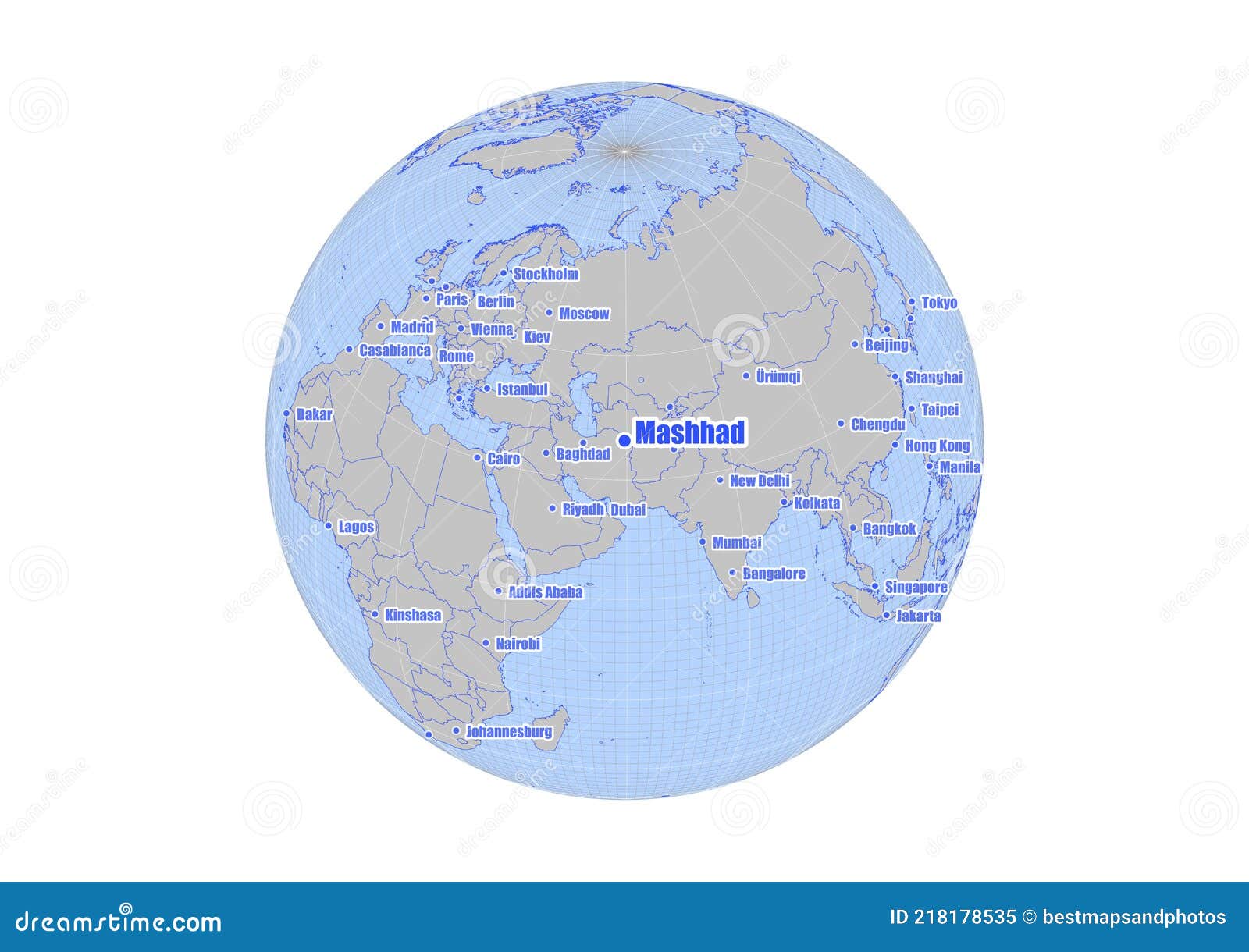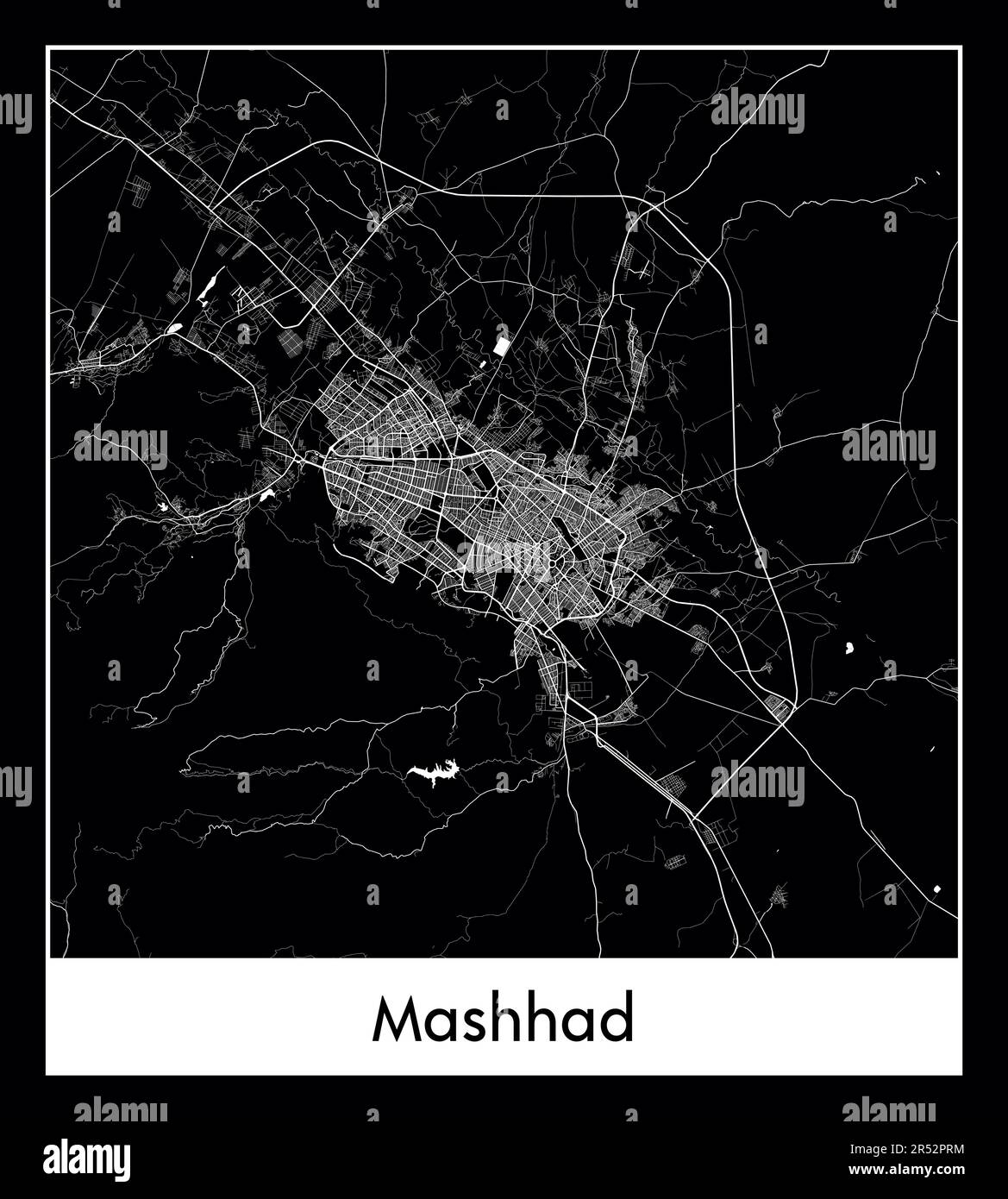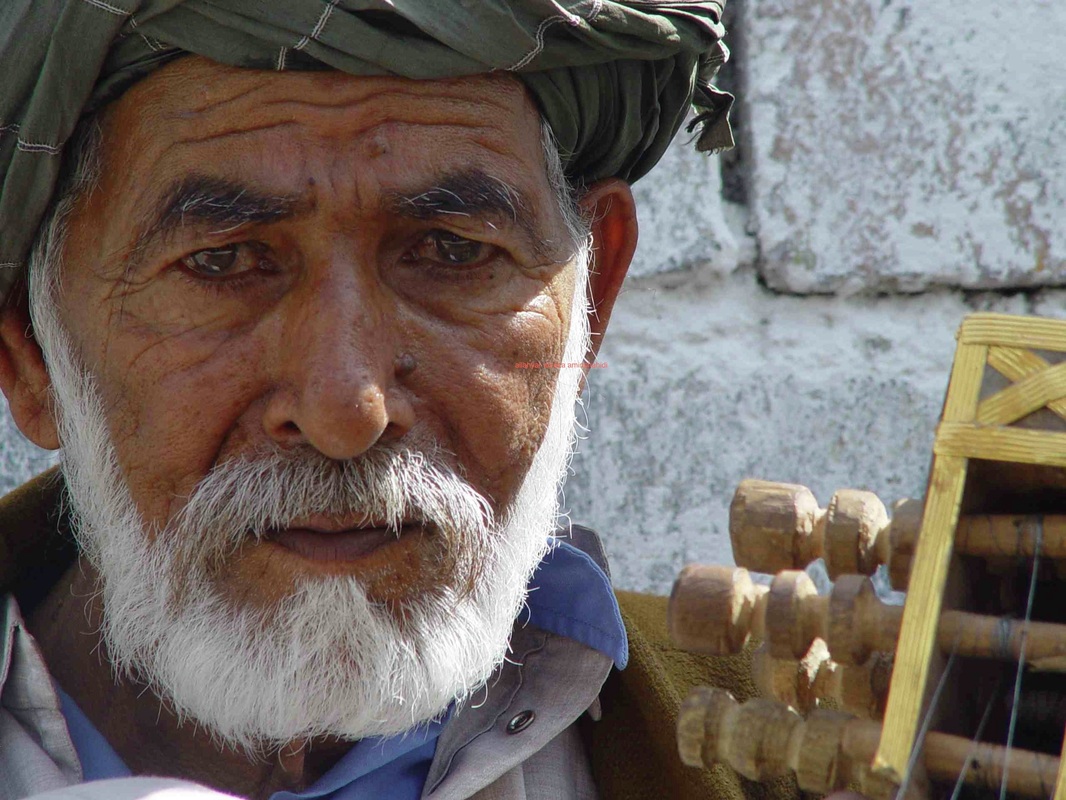Navigating Mashhad: Your Essential Guide To Iran's Holy City Map
When planning a visit or even just exploring the rich tapestry of Iran from afar, understanding the "Mashhad Iran Map" becomes an indispensable tool. As the second most populous city in Iran and the spiritual heartland for millions, Mashhad offers a unique blend of ancient history, profound religious significance, and modern urban development. A detailed map is not merely a navigational aid; it's a gateway to comprehending the city's intricate layout, its bustling streets, and its serene sacred sites.
Beyond its spiritual allure, Mashhad is a vibrant metropolis with a complex infrastructure, including an extensive road network and a rapidly developing public transportation system. Whether you're a pilgrim seeking spiritual solace, a tourist eager to explore cultural landmarks, or a researcher delving into its urban planning, a comprehensive Mashhad map provides the clarity and insight needed to navigate this remarkable city effectively. This article will delve into the various facets of Mashhad's geographical representation, from its precise coordinates to its expansive public transport networks, ensuring you have all the information at your fingertips.
Table of Contents
- Mashhad's Enduring Identity: A City Forged by Faith
- The Geographical Heart of Mashhad: Coordinates and Location
- Interactive Exploration: Unveiling Mashhad Through Digital Maps
- Navigating Mashhad's Extensive Road Network
- Public Transportation on the Mashhad Map: A Network of Connectivity
- Lodging Guide: Finding Your Stay with a Mashhad Hotels Map
- Mashhad's Strategic Importance: A Hub in Khorasan Razavi
- Understanding Maps: Beyond Simple Navigation
Mashhad's Enduring Identity: A City Forged by Faith
Mashhad, a name that resonates deeply within the Islamic world, derives much of its identity and significance from its role as the holiest city in Iran. This profound spiritual status is central to understanding almost everything about Mashhad, influencing its urban development, its cultural fabric, and the very flow of life within its boundaries. It is the resting place of Imam Reza, the eighth Imam of Shia Islam, whose shrine attracts millions of pilgrims annually, making it a pivotal pilgrimage destination. This continuous influx of visitors has shaped Mashhad into a city that masterfully balances its ancient spiritual heritage with the demands of a modern, bustling metropolis. The city's very essence, its historical narrative, and its future trajectory are inextricably linked to this sacred foundation, which a comprehensive Mashhad Iran map can help to illustrate by highlighting key religious sites and their surrounding infrastructure.
The Geographical Heart of Mashhad: Coordinates and Location
To truly understand any city, one must first pinpoint its exact location on the global stage. Mashhad, the capital of Khorasan Razavi province, is strategically situated approximately 850 kilometers east of Tehran, Iran's capital. Its proximity to the borders with Afghanistan and Turkmenistan underscores its historical and contemporary significance as a regional hub. For those interested in precise geographical data, Mashhad's coordinates are 36° 17' 45" North latitude and 59° 36' 43" East longitude. This places it firmly within the vast Khorasan region, a historical and cultural crossroads of Central Asia. It's important to note that while some data might mistakenly associate Mashhad with coordinates closer to Tehran (such as 35° 36' 11" North, 52° 28' 29" East), these typically refer to other localities or are simply erroneous in the context of the major city of Mashhad. The correct coordinates for the major city of Mashhad in Khorasan Razavi are those that firmly place it in the eastern part of Iran, defining its unique geographical and geopolitical position. When using a Mashhad Iran map, confirming these coordinates helps ensure accurate navigation and understanding of the city's regional context.
Interactive Exploration: Unveiling Mashhad Through Digital Maps
In today's digital age, the most effective way to explore a city like Mashhad is through interactive online maps. Platforms like Google Maps offer an unparalleled level of detail and user-friendliness, allowing anyone to "Explore Mashhad with Google Maps, find businesses, view maps and get directions." These dynamic tools go far beyond static paper maps, providing a wealth of information that can be customized to individual needs. With an interactive Mashhad map, users can "view regional highways maps, road situations, transportation, lodging guide, geographical map, physical maps and more information." This comprehensive approach means you're not just seeing roads, but understanding the entire urban ecosystem. The ability to zoom in and out, switch between different views, and search for specific points of interest transforms the experience of planning a journey or simply satisfying one's curiosity about this vibrant city.
Satellite, Sketch, and Terrain Views: A Multi-Dimensional Perspective
One of the most powerful features of modern interactive maps is the ability to switch between various visual representations. "On Mashhad map, you can view all states, regions, cities, towns, districts, avenues, streets and popular centers' satellite, sketch and terrain maps." Each view offers a distinct advantage:
- Satellite View: Provides a real-world aerial photograph, allowing users to see buildings, green spaces, and geographical features as they truly appear. This is invaluable for understanding the urban density, the layout of large complexes like the Imam Reza shrine, and the natural landscape surrounding the city.
- Sketch View (or Road Map): Focuses on the road network, highlighting streets, avenues, and major thoroughfares with clear labels. This is the go-to view for driving directions and understanding the flow of traffic.
- Terrain View: Illustrates the topography of the land, showing elevation changes and natural features like hills and valleys. While Mashhad itself is relatively flat in its central areas, understanding the surrounding terrain can be useful for regional travel or appreciating the broader geographical context.
These multi-dimensional perspectives enrich the user's understanding of the Mashhad Iran map, offering layers of information that cater to different exploratory needs.
Editable Vector Maps: Customizing Your Mashhad Map
For professionals, researchers, or those requiring highly specific mapping solutions, the availability of "editable vector map of the Mashhad Iran in SVG format" is a significant advantage. These maps "Can be edited in the following programs: Adobe Illustrator, CorelDRAW, Inkscape" and allow for detailed customization. This means users can highlight "principal streets and roads, names places, residential streets and roads, road number labels, water objects, land use areas" and much more. The ability to manipulate these vector files opens up possibilities for urban planning, demographic studies, tourism development, or even creating bespoke travel guides. It underscores the versatility of mapping technology, moving beyond simple navigation to become a powerful tool for analysis and presentation.
Navigating Mashhad's Extensive Road Network
Mashhad boasts an impressively vast and intricate road network, a testament to
Article Recommendations



Detail Author:
- Name : Miss Hope Gaylord DVM
- Username : skylar.kub
- Email : eda.murphy@gmail.com
- Birthdate : 1987-08-11
- Address : 3874 Johns Crossing South Garthstad, WY 30380
- Phone : (703) 714-6438
- Company : Lockman-Mraz
- Job : Police and Sheriffs Patrol Officer
- Bio : Ut et et necessitatibus natus quibusdam ullam. Veritatis qui suscipit error a quam accusantium veniam. Minus sunt non mollitia modi recusandae.
Socials
twitter:
- url : https://twitter.com/lhermann
- username : lhermann
- bio : Voluptatum vel ut quis magnam. Error possimus exercitationem sunt nemo voluptatem. Ratione eaque et veniam cum adipisci quibusdam.
- followers : 2512
- following : 2717
instagram:
- url : https://instagram.com/lenora_hermann
- username : lenora_hermann
- bio : Culpa ipsa expedita facilis sint sint. Sequi quo nisi alias maxime labore aperiam.
- followers : 3337
- following : 1702
facebook:
- url : https://facebook.com/lenorahermann
- username : lenorahermann
- bio : Totam quo non suscipit quod. Aut aut rerum assumenda reiciendis eaque ea eum.
- followers : 268
- following : 2024
tiktok:
- url : https://tiktok.com/@lenora_hermann
- username : lenora_hermann
- bio : Sed ut reprehenderit velit voluptatum et consectetur assumenda.
- followers : 4898
- following : 2280
linkedin:
- url : https://linkedin.com/in/lenora4815
- username : lenora4815
- bio : Explicabo quod qui rem consectetur voluptatem.
- followers : 1841
- following : 1688